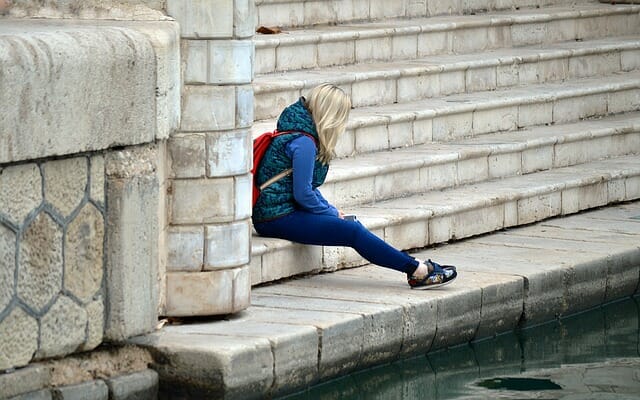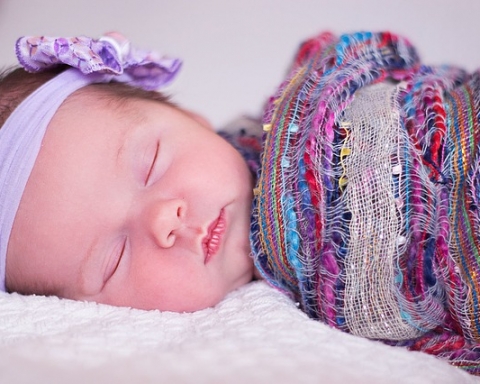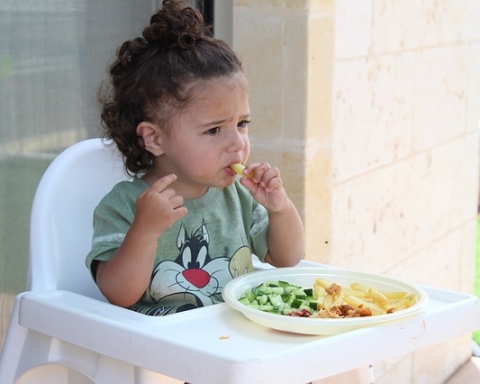RIE parenting (which stands for Resources for Infant Educarers and is pronounced “wry”) is a philosophy developed in 1978 by Magda Gerber, an early childhood educator. Since then, it has gained a lot of attention and has become an important topic in child rearing. One blog source defines RIE as follows: “RIE stands for ‘Resources For Infant Educarers’ and is often known as Respectful Parenting.”
RIE parenting focuses on treating babies the way any person would want to be treated. It recognizes babies and children as unique and separate individuals and is based on the principles of respect and integrity. It encourages parents to stop hovering over their children, to abstain from resolving all their children’s problems for them, and to let their children learn and develop at their own natural pace.
The goal of RIE parenting is to create competent individuals who are capable of finding their own way out of difficulties and who treat other people with respect.
Characteristics of the RIE Approach
RIE parenting differs from many traditional parenting norms. Here are a few points that separate it from other forms of parenting:
- Trust the child’s competence. RIE parenting encourages parents to trust children’s competence and allow them to be the initiators. Let children learn on their own and offer help only when it is absolutely needed.
- Let the child participate. Let children participate in everyday activities like feeding, bathing, diapering, and dressing. Being actively included in these activities strengthens the parent-child relationship and increases the children’s sense of safety and security, enabling children to explore their environment with minimal adult supervision.
- Limited intervention. In RIE parenting, parents should not intervene but instead give their children the freedom to act on their own. This includes letting children play for long hours by themselves. As Magda Derber explains, “Let the child be the scriptwriter, the director, and actor in his own play.” Leaving children alone allows them to make the most of their environment and develops their sense of self-reliance, self-dependence, and self-satisfaction.
- Put aside baby contraptions. RIE parenting avoids the use of sippy cups, high chairs, carriers, bouncers, and walkers because they are considered disrespectful to the child. Even pacifiers and push-button toys are discouraged because they provide only temporary relief and distract the child instead of addressing the problem. Instead, RIE parenting suggests using common items as toys, such as steel bowls, spoons, plastic bottles, plastic cups, and other simple, everyday objects. It is believed that the more passive a toy is, the more active a child will have to be to play with it.
- Let the baby cry. RIE parenting suggests letting children cry and observing them to figure out why they are crying. Once the reason is determined, it should be addressed appropriately. Crying is a baby’s way of expressing emotion. RIE parenting asserts that putting a pacifier in a baby’s mouth or rocking a baby as soon they start crying simply represses emotions. To encourage children to be emotionally expressive, parents must openly accept and acknowledge their emotions.
Although many parents are skeptical about its practices, RIE parenting is gaining popularity, and parents are benefiting from it. RIE parenting promises to build a foundation for a more secure, safe, and self-reliant society. It requires extreme levels of patience and persistence from the parents, but if done appropriately, parents can cultivate these positive qualities in their children.

References
- Maríella, Krísten. “What Is RIE?” Respectful Mom. December 4, 2017. https://respectfulmom.com
- Gerber, Magda, “RIE® Basic Principles.” Educaring: Resources for Infant Educarers. 1998. https://www.rie.org/educaring













